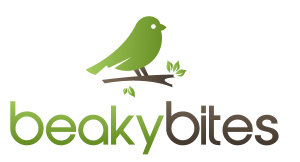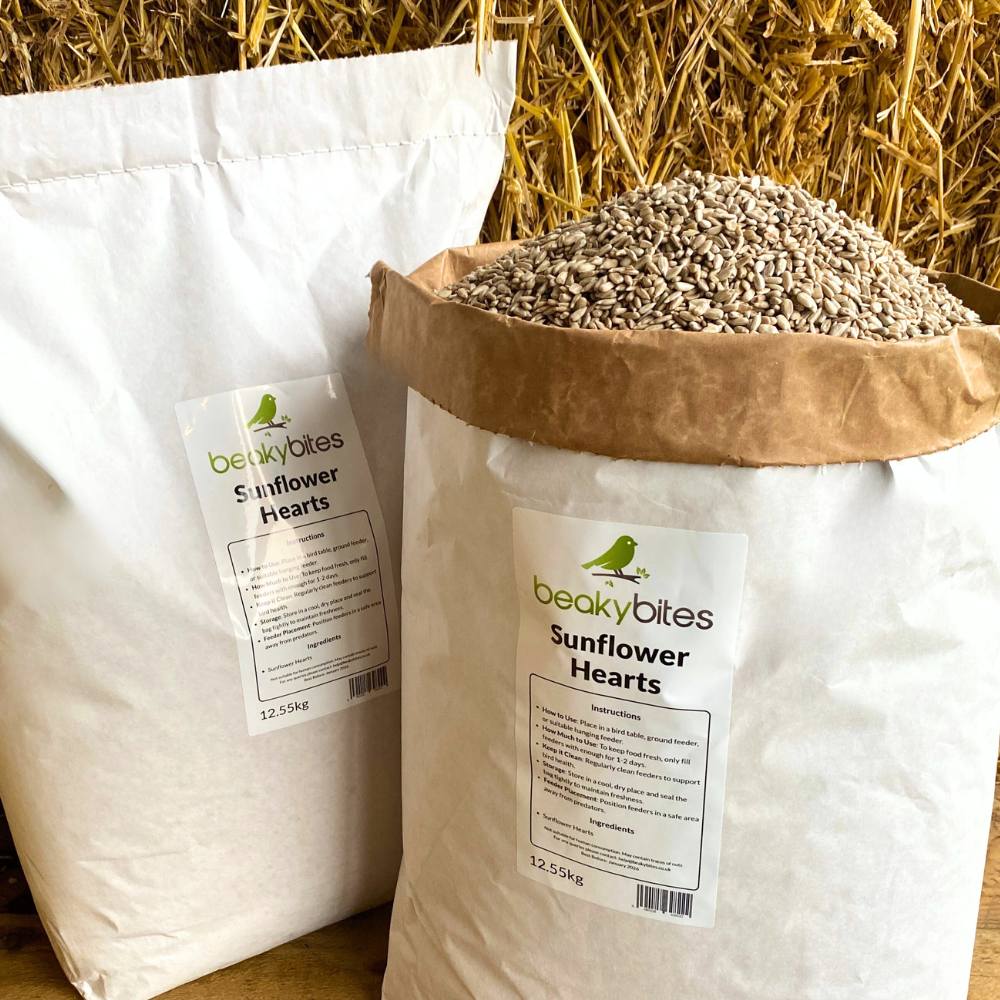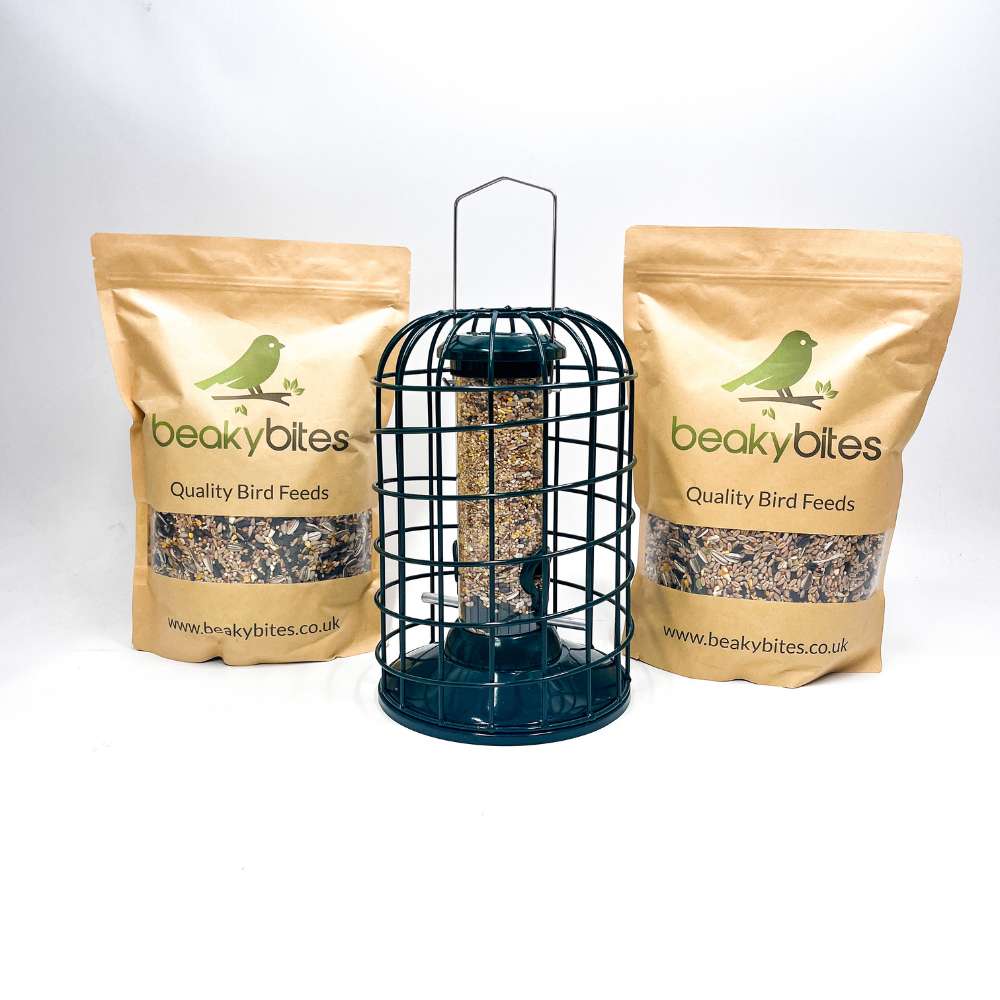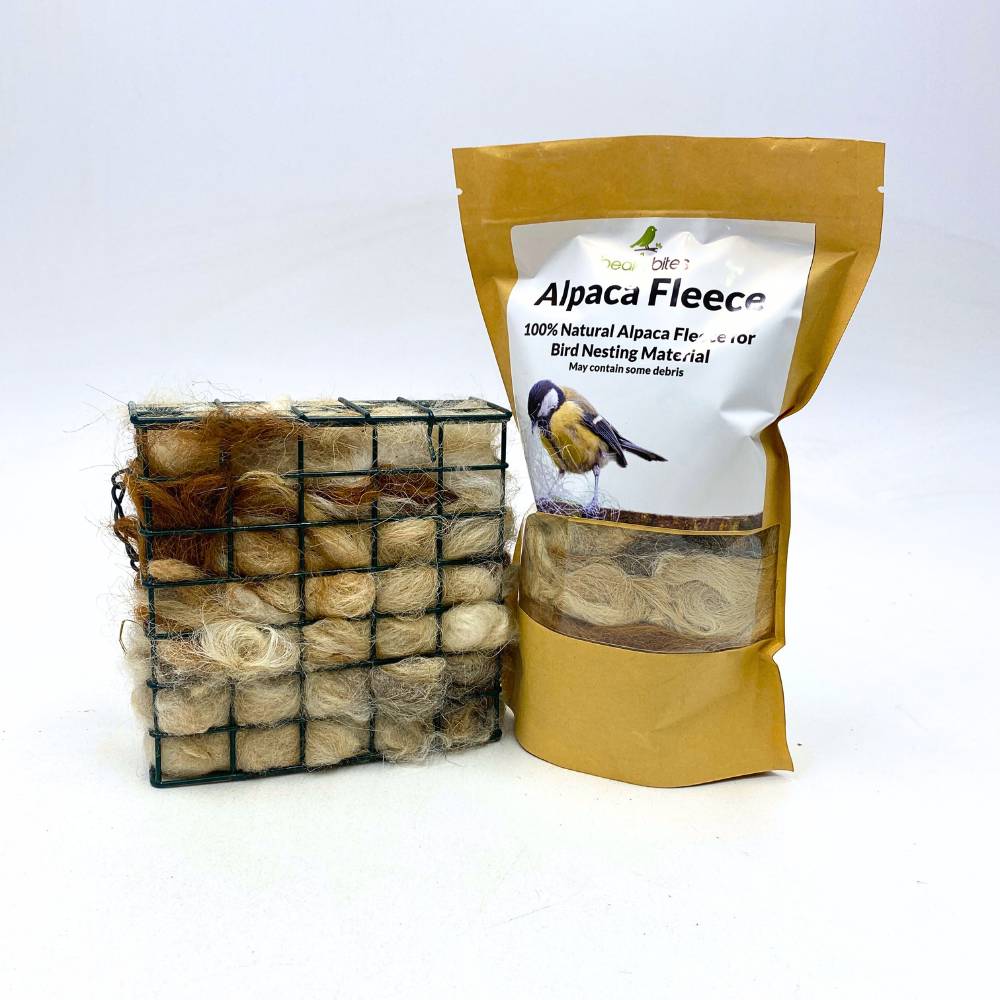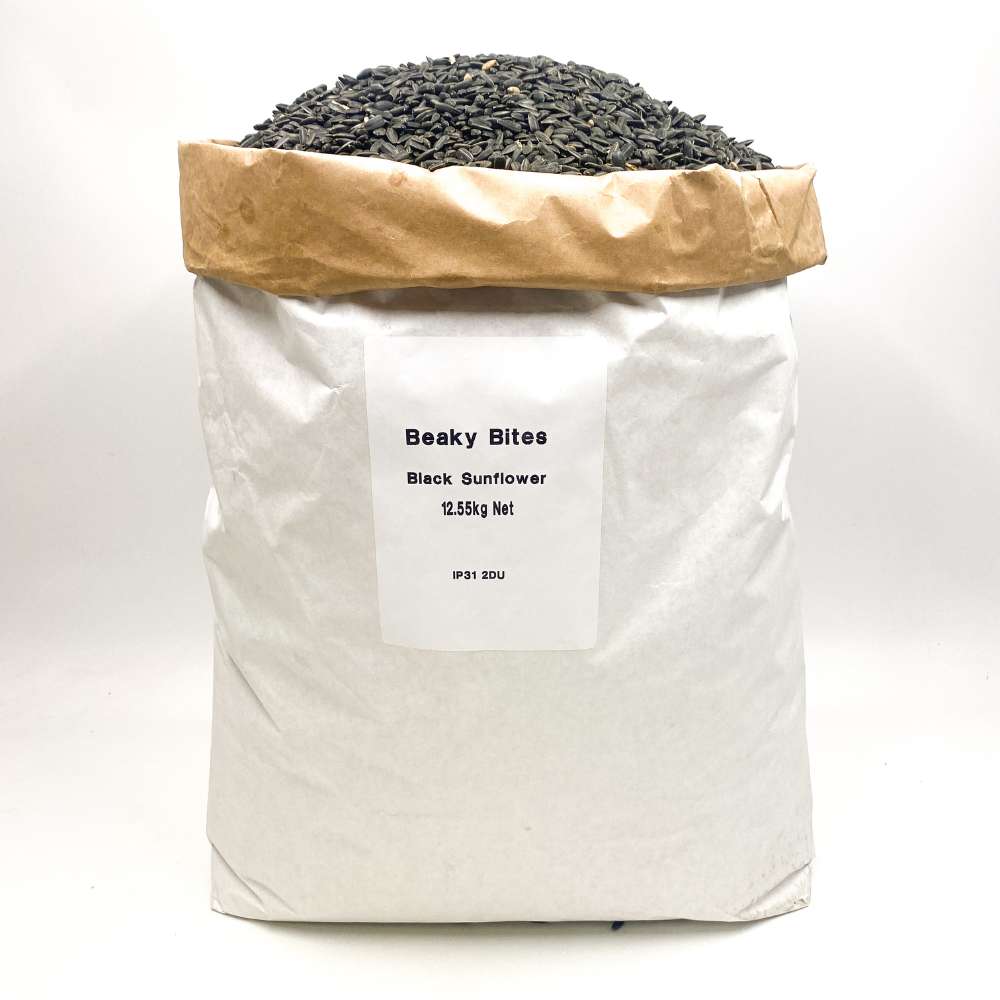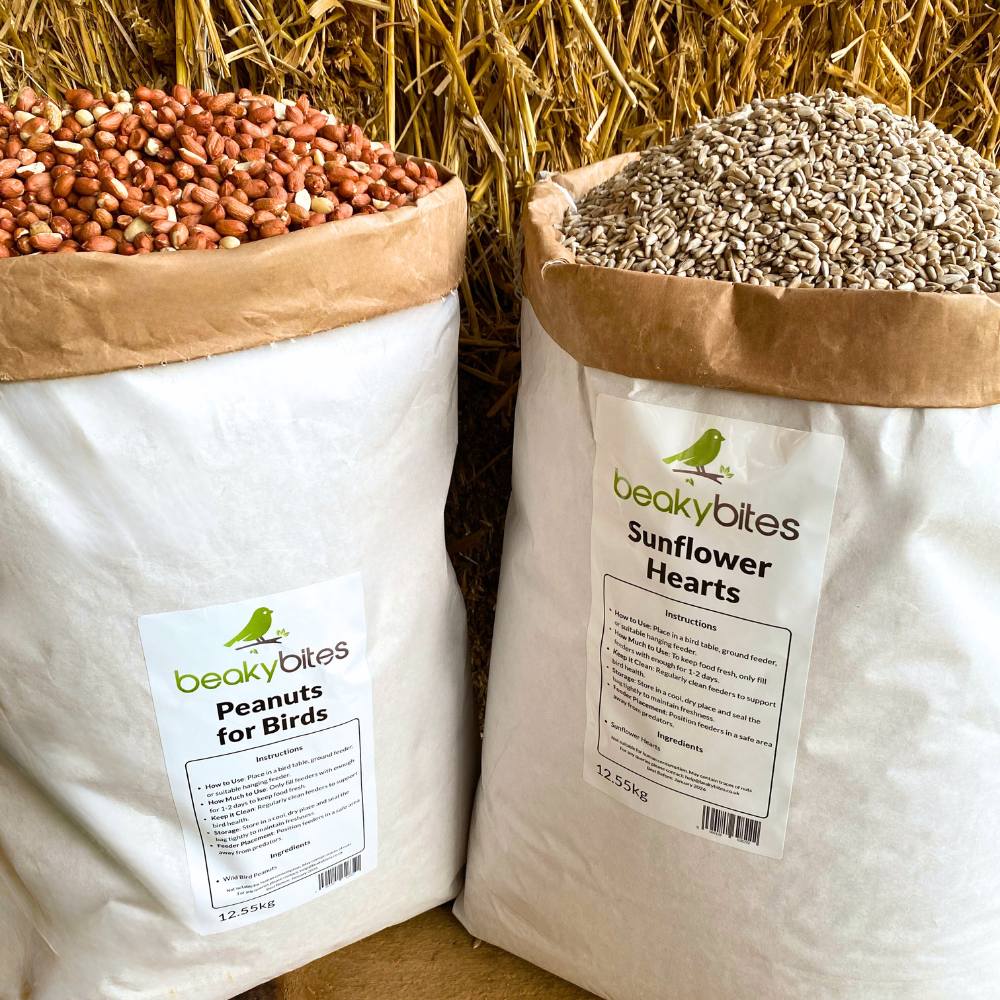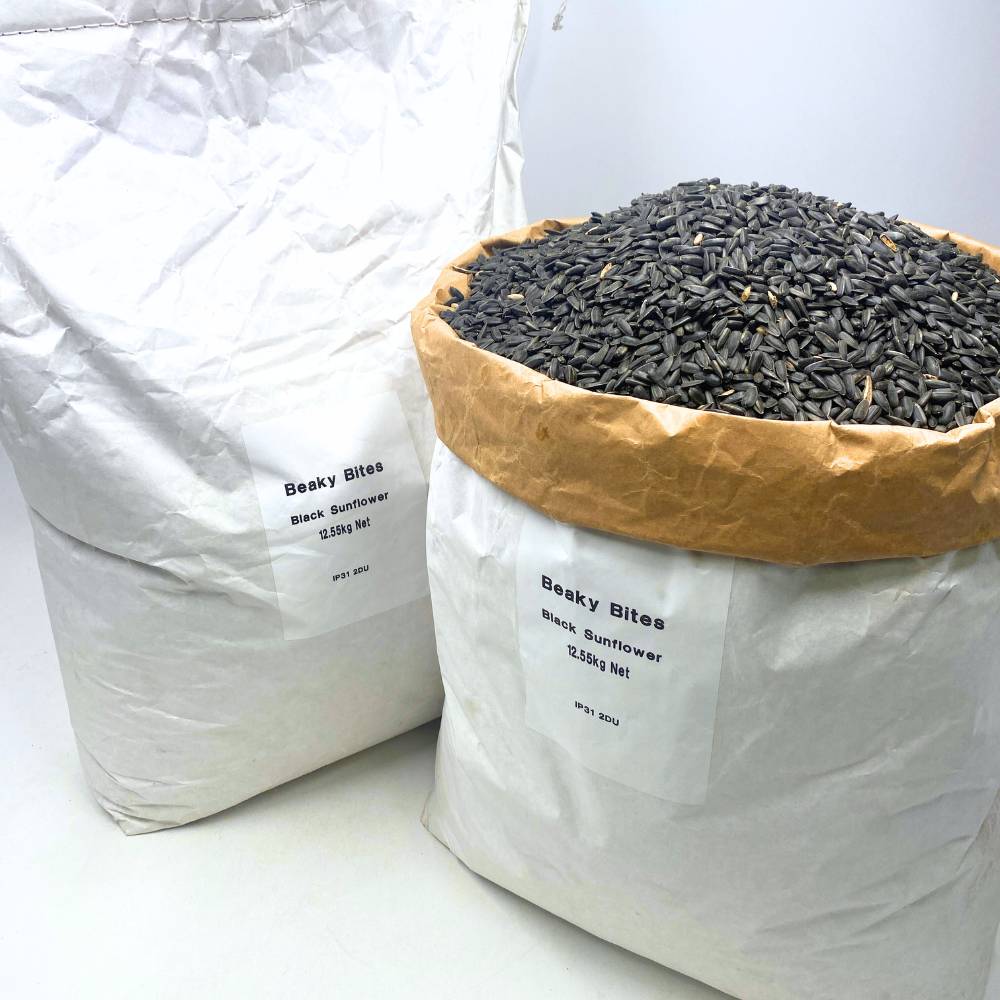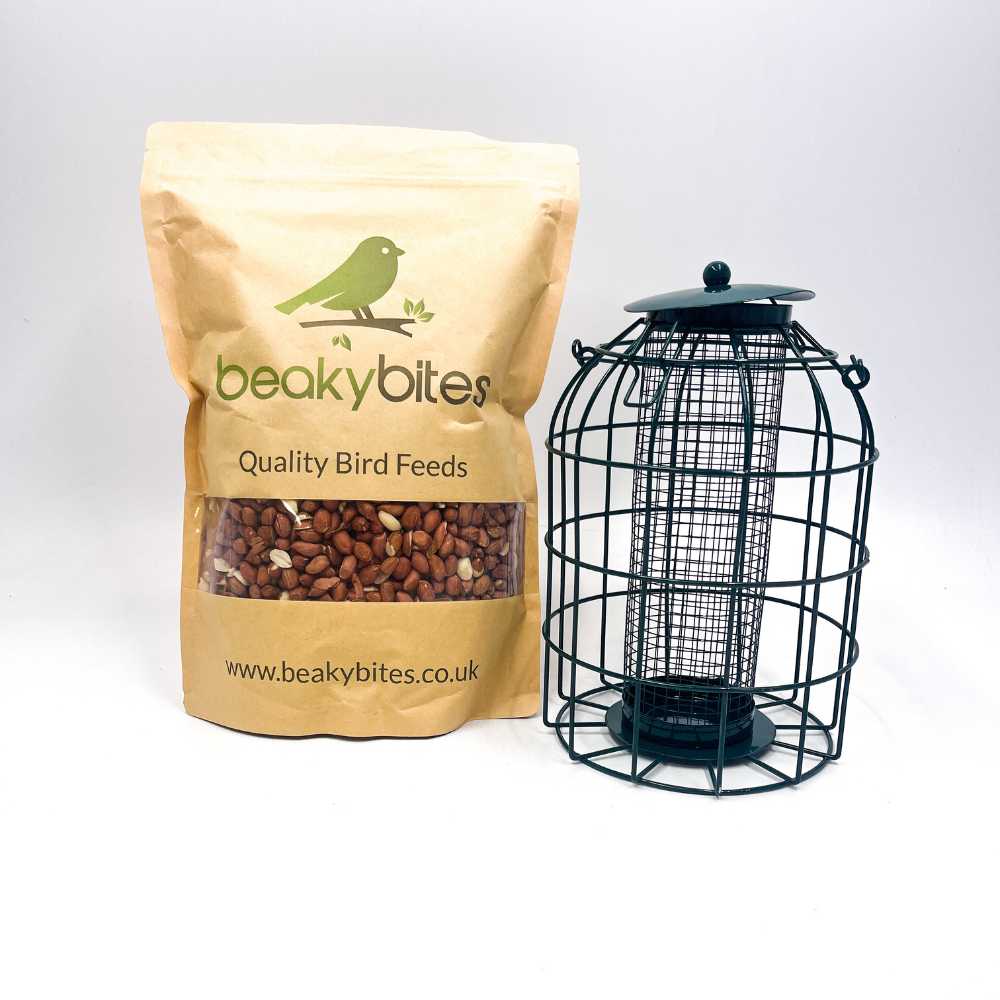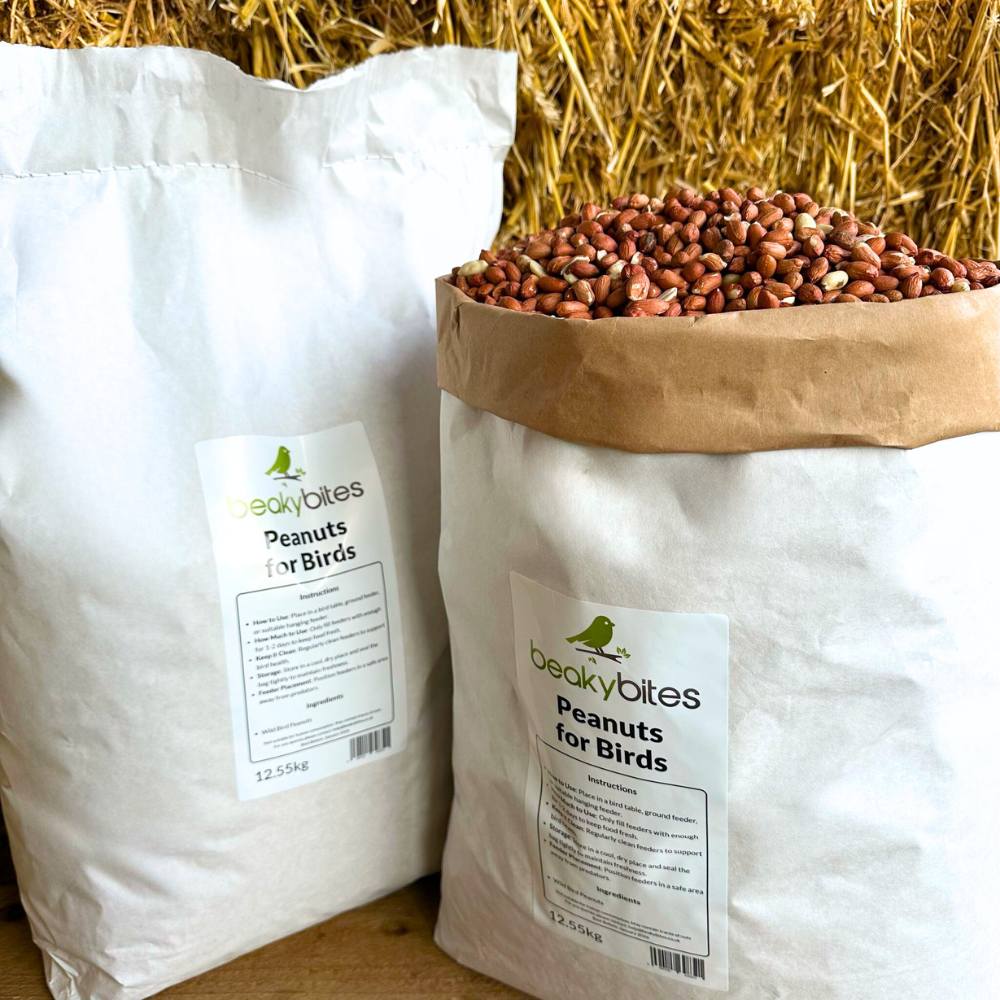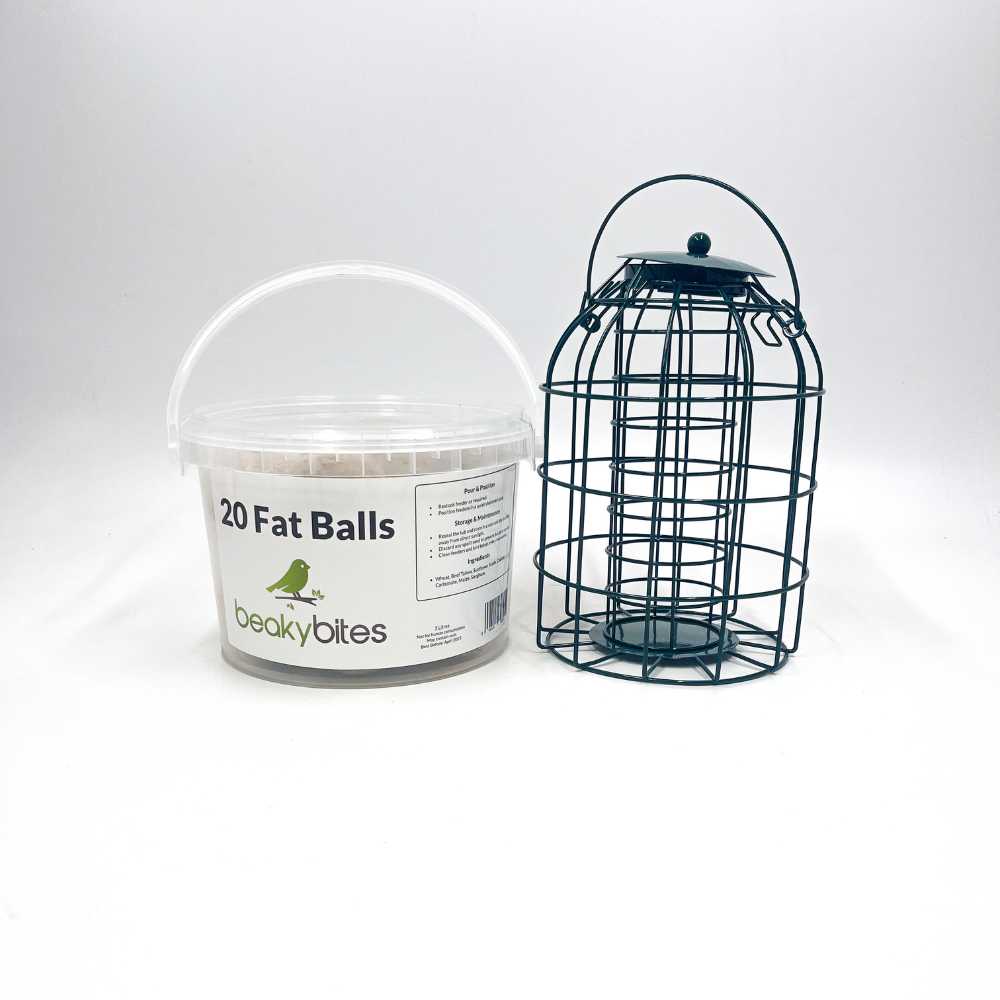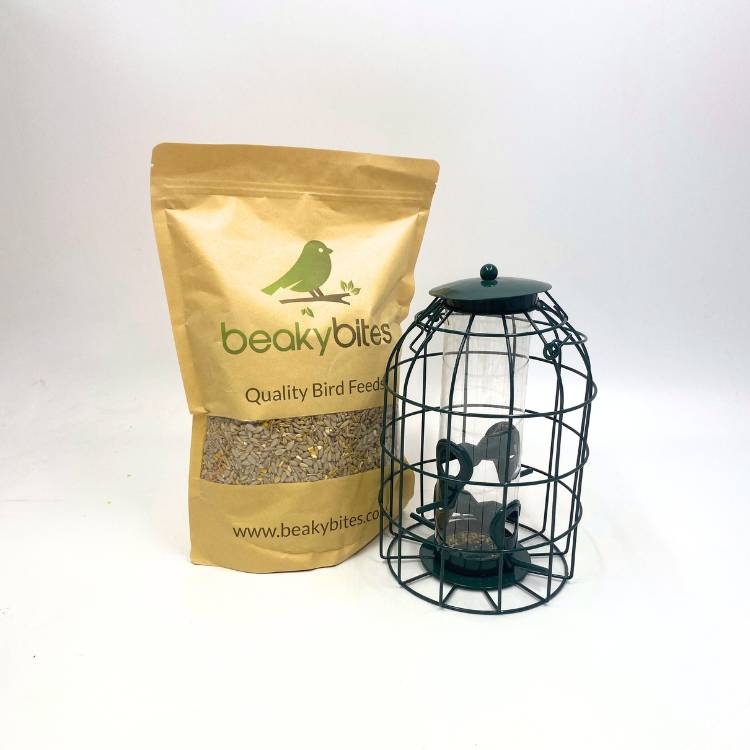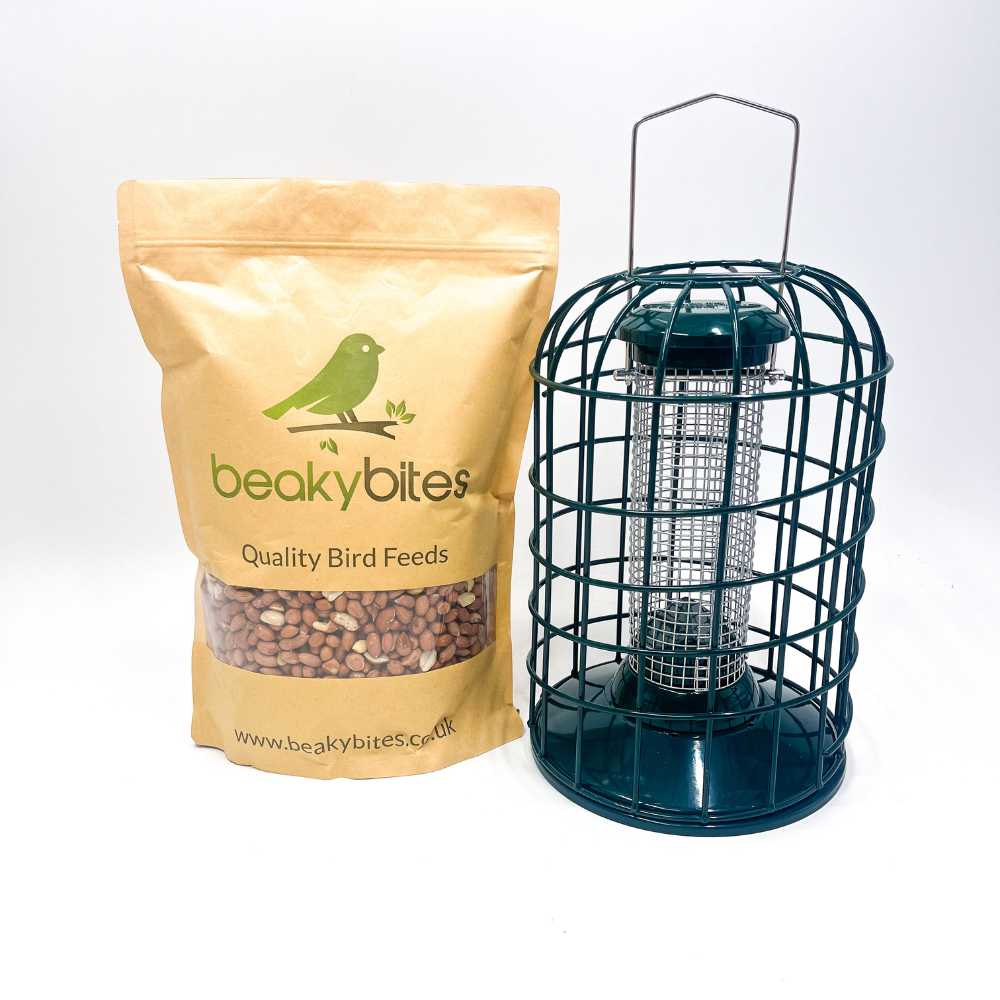Best Bird Feeder Station Top Tips: Attract More Birds to Your Garden
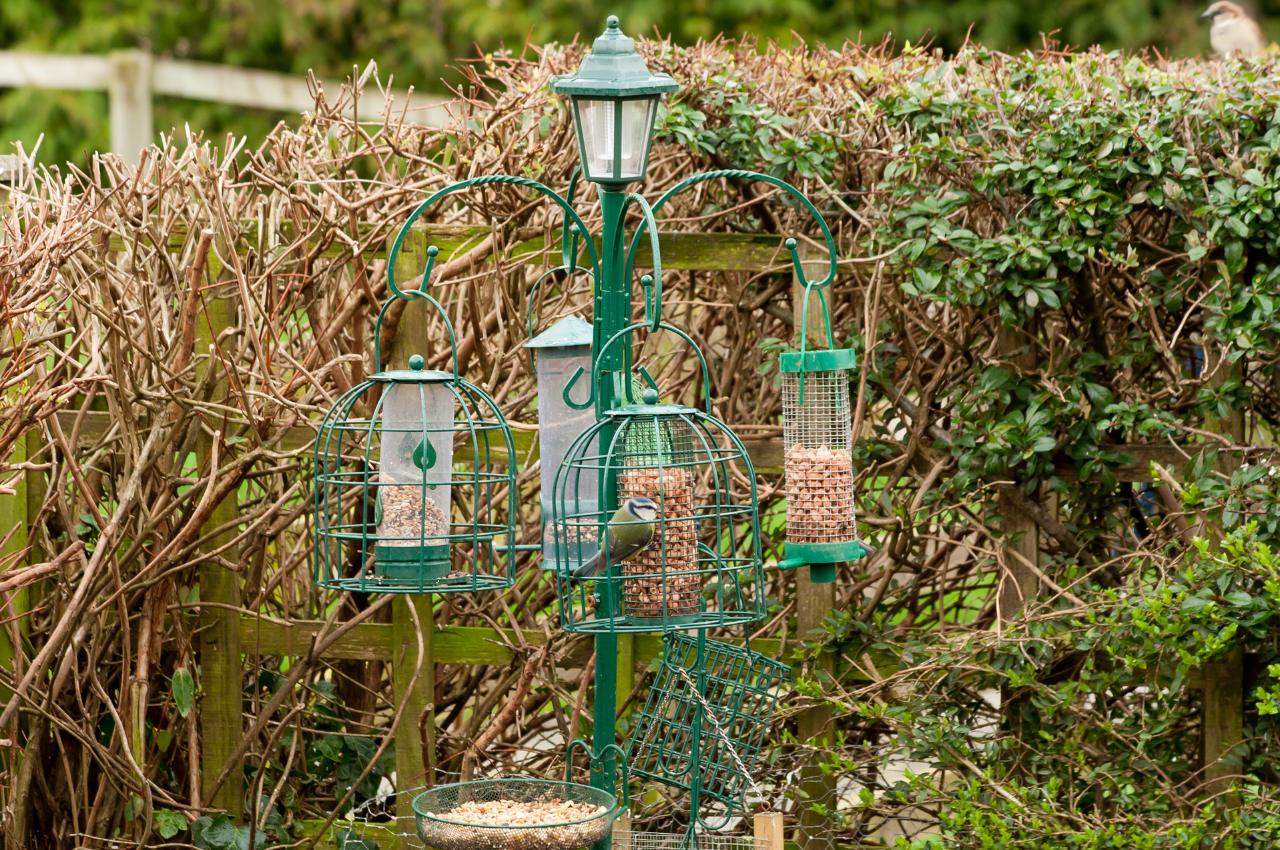
Best Bird Feeder Station Ideas to Attract More Birds to Your Garden
Want to attract more birds to your garden? Setting up a bird feeder station can help. Here we’ll show you how to choose the right feeders, where to put them and how to maintain your set up to keep the birds coming back.
Summary
Create a bird feeding station with various feeders, a water source and maintenance to attract and support a wide range of bird species.
Choose the right location for your feeding station near natural shelter, safety from predators and easy access for birds and consider the weather.
Do DIY bird feeder projects using recycled materials which attract birds and are eco-friendly and creative.
What is the Perfect Bird Feeding station
Creating the perfect bird feeding station involves considering many elements to cater to the different needs of wild birds. Having seed feeders, suet feeders and water trays will cater to birds with different diets. This variety will attract more birds and keep them coming back.
Durable, weatherproof and rust resistant materials like metal or sturdy plastic are a must for long term use. Stability is key; use a strong base or secure mounting options to prevent tipping in windy conditions. Adjustable hooks on poles let you customize the setup to your garden’s requirements.
Maintaining hygiene and controlling pests is important. Feeders with removable and washable parts will keep things clean and disease free. Squirrel baffles or cages will protect the bird food from pests while allowing bird access. Multiple perches will give birds space to rest while feeding and an integrated birdbath or water dish will make the station functional and beautiful.
Where to put your Bird Feeder Station
The location of your bird feeding station is crucial. Placing the station near natural features like trees and shrubs will give birds shelter and quick escape routes from predators. Being near nature will create a safe and inviting environment for wild birds.
Put your bird feeders at a safe distance from your house. Birds can be startled by people moving around and having feeders too close to windows increases the risk of collisions. Place feeders away from areas where cats or other predators can hide to ensure bird safety. Bird tables or hanging feeders will further reduce the risk of predation. Think about the weather and your feeding station. A sheltered spot will keep the bird food dry and accessible even in bad weather. Trees or bushes nearby will provide natural shelter and make the birds feel safe while feeding.
Choosing the Right Feeders
Choosing the right bird feeders is key to attracting a variety of bird species to your garden. Different feeders cater to different birds; understanding their likes will make your space more inviting. Platform feeders will attract many birds but are more vulnerable to squirrels. Hopper feeders will keep the seeds dry and fresh for longer.
Tube feeders will hold various seeds and are suitable for specific bird sizes. Nyjer feeders will attract small songbirds like goldfinches as they provide a food source that larger birds can’t get to. Suet feeders are good in winter as they attract energetic birds like woodpeckers and chickadees as they are high in energy.
Feeders at different heights and designs will cater to birds with different feeding styles. This will attract more birds and give you a wider range of bird species in your garden. Catering to the different needs of different birds will keep them coming back.
DIY Bird Feeder Station Ideas
Making your own bird feeders is a fun and rewarding project. It’s an inexpensive way to attract wild birds while recycling materials and reducing waste. DIY bird feeders can be made from everyday items like solid timber, plastic bottles, wooden spoons, teacups and toilet roll tubes.
Recycling items for bird feeders benefits both birds and the environment. A simple bird table can be made from an inexpensive piece of solid timber. This will provide a sturdy feeding platform and add rustic charm to your garden. Wooden spoons can make perches and plastic bottles can be turned into seed dispensers.
The possibilities are endless for DIY bird feeders. Ensure materials are bird safe and feeders are easy to clean and maintain. Making your own feeders will provide a welcoming space for different bird species and is eco friendly.
Adding a Water Source
Water is as important for birds as food. Birds need water for hydration and feather cleaning so it’s a must for any bird friendly garden. A clean water source will keep wild birds healthy and encourage them to visit your garden. There are many ways to add a water source. A simple bowl of water or birdbath will do. Don’t place the bowl on the ground as it’s not safe for birds. Elevate the water source or place it on a bird table for safety.
Regular maintenance of the water source is important. Replace the water frequently to keep it fresh and clean. This will prevent the spread of diseases and ensure birds have access to safe drinking water. Adding a water source to your feeding station will make it more attractive to wild birds.
Maintaining Your Bird Feeder Station
Maintaining your bird feeding station is crucial for the health and well being of visiting birds. Cleanliness prevents the spread of diseases. Scrub your feeders with mild disinfectant weekly to keep the feeding environment safe and hygienic.
If you see sick birds, stop feeding and clean all feeders thoroughly before resuming after a few weeks. This will prevent the spread of illness among the bird population. High quality bird food will provide the necessary nutrients for birds’ health and reproduction.
Change the water in bird baths and clean containers daily especially in warm weather to ensure birds have access to fresh water. Maintaining your bird feeding station diligently will create a perfect feeding environment for various wild birds.
Common Problems and Solutions
Even with the best setup, common problems with your bird feeding station will arise. For example, pigeons will dominate feeders and take all the bird food. Prevent this by using feeders with small perches or a rain guard to block their access.
Squirrels are another common issue; squirrel-proof feeders or trays will keep them away.
Old or decomposed food will deter birds from feeding. Cleaning feeders regularly will maintain a healthy feeding environment and your feathered visitors will always have fresh and nutritious bird food.
Fixing these common problems will create a more welcoming and sustainable feeding station for wildlife and a wild bird feeding station for wild birds.
Attracting Different Bird Species
Attracting different bird species requires some thought. Using different feeders will attract more birds as they will have access to food that suits their natural habits. Bird tables for example will serve as a versatile platform for many bird types, finches and sparrows included. Specific foods can attract different bird species. Sunflower hearts for example will attract siskins, house sparrows, robins and finches due to their high protein content. Niger seeds will attract siskins, greenfinches and goldfinches and should be offered in special feeders. Mealworms are a favourite of blackbirds, starlings and robins, while suet balls will attract robins, blue tits and long-tailed tits in winter.
Ground feeders are great for species like robins and blackbirds who forage on the ground. Having multiple feeding stations and different foods will attract a variety of bird species and create a lively and bird-filled garden.
Conclusion
Making a bird friendly garden means choosing the right bird feeding station, the right location, different feeders, water source and cleanliness. By addressing the common problems and catering for different bird species you can create a perfect feeding environment for wild birds.
Bird watching is a joy and rewarding hobby that will bring you closer to nature. With the right setup your garden can be a haven for wild birds, a safe and nourishing environment for them and hours of pleasure for you.
Frequently Asked Questions
Are bird feeding stations any good?
- Answer: Bird feeding stations are great for attracting a variety of bird species to your garden with minimal effort. They’re flexible and low maintenance, so birdwatching is a breeze right in your own backyard!
How do I feed small birds and not magpies?
- Answer: Using a Medusa Feeder Defender will keep magpies away while small birds can eat in peace. This clever solution ensures your feathered friends get their share without unwanted visitors!
What is the RSPB premium feeding station for birds?
- Answer: The RSPB premium feeding station is a sturdy and safe setup to attract a variety of birds with easy clean feeders for seeds and nuts. It’s designed for durability and ease of use, perfect for birdwatching in your own garden.
What materials should I use for a bird feeding station?
- Answer: For a bird feeding station use weatherproof and rust resistant materials like metal or sturdy plastic. You’ll create a reliable haven for your feathered friends!
How do I clean my bird feeders?
- Answer: Use hot soapy water to thoroughly wash them out and dry completely before refilling.
